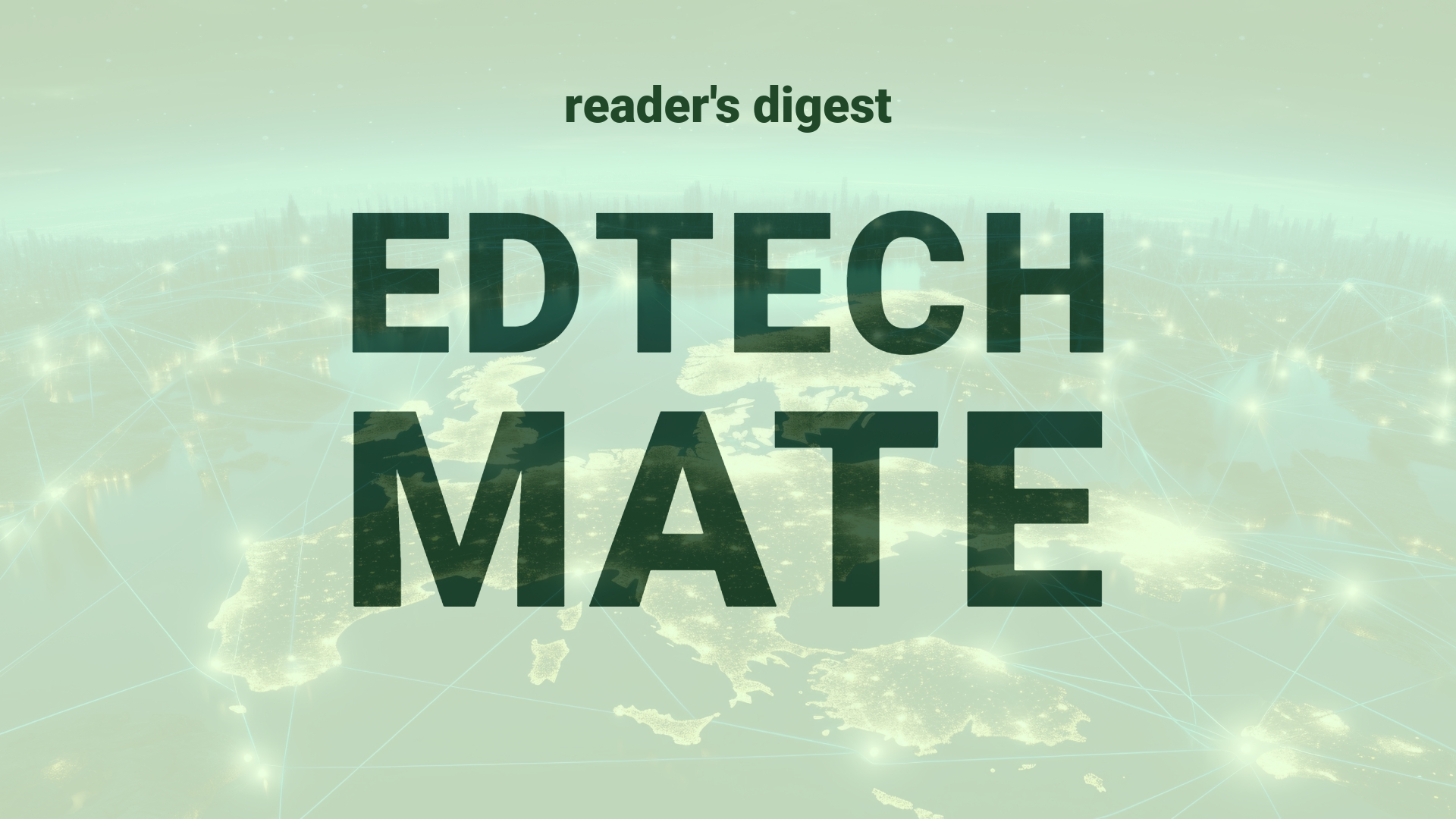Executive Summary and Main Points
Global higher education leaders are increasingly embracing digital transformation and innovation to address complex challenges. Keynote insights from Anne Morriss’s leadership framework, as discussed in her book “Move Fast and Fix Things: The Trusted Leader’s Guide to Solving Hard Problems,” suggest the importance of cultivating trust as a foundational step for strategic problem-solving. Her five-step process culminates in swift action, reinforcing the vital role of effective change leadership within educational institutions. Topics such as strategy execution, managing collaborative teams, and fostering an organizational culture centered on trustworthiness stand out as crucial elements for advancing educational strategies in today’s rapidly evolving landscape.
Potential Impact in the Education Sector
The pedagogical realm, from Further Education to Higher Education, as well as the burgeoning space of Micro-credentials, stands to gain substantially from Morriss’s problem-solving framework. Institutions seeking to navigate the multifaceted dynamics of international education will likely realize significant benefits through strategic partnerships that prioritize trust and decisive, speedy implementation. Digitalization efforts could be streamlined, and educational leaders may develop more effective policies, with the potential to enhance the quality and accessibility of learning experiences for a diverse student population.
Potential Applicability in the Education Sector
Integrating Morriss’s approach could lead to innovative applications leveraging AI and digital tools tailored for global education systems. For instance, AI-driven analytics could be used for data-informed strategy formation and execution, optimizing collaborative engagement within academic communities. Digital platforms that emphasize trust-building among stakeholders could improve decision-making processes and result in high-impact educational initiatives. Moreover, adopting these cutting-edge techniques could facilitate the development of personalized learning paths, particularly in delivering micro-credentials that meet industry needs.
Criticism and Potential Shortfalls
While the adoption of leadership strategies such as those advocated by Morriss offers numerous advantages, they are not without potential criticisms and pitfalls. Real-world application may reveal challenges in reconciling the need for speed with comprehensive stakeholder consultation, especially in the diverse cultural landscapes of global higher education. Comparative international case studies suggest the effectiveness of change leadership methods varies across contexts due to differing ethical standards, organizational norms, and cultural expectations. Institutions must navigate these complexities to prevent the unintended consequences of hastily implemented solutions.
Actionable Recommendations
Education leaders intent on harnessing the potential of these technological and strategic insights should consider the following implementations: (1) Establish trust-building exercises as a core component of leadership development programs, (2) Use AI to gather and analyze feedback from across the educational community to inform problem-solving activities, (3) Create digital task forces that can rapidly prototype and test solutions in a controlled yet agile manner, and (4) Encourage cross-institutional partnerships to share best practices and insights on change leadership. Such strategies align with an international education leadership narrative that prioritizes innovation, inclusivity, and responsiveness to the changing demands of the sector.
Source article: https://hbr.org/podcast/2024/05/a-better-framework-for-solving-tough-problems

